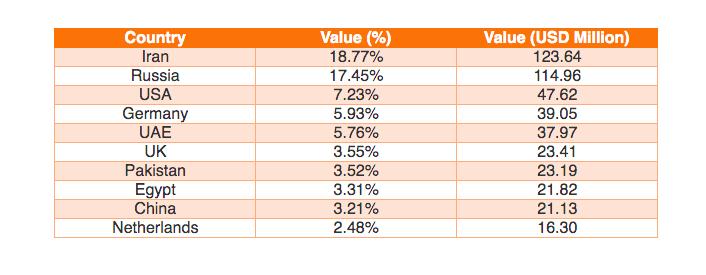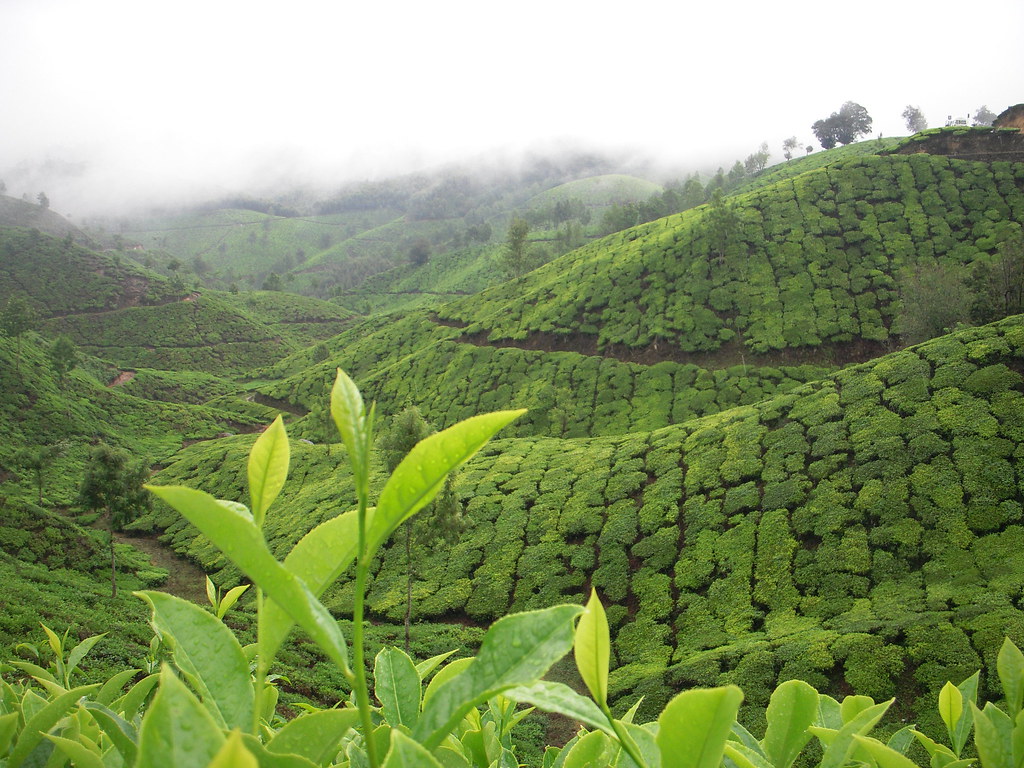
Tea
Tea is an aromatic beverage commonly prepared by pouring hot or boiling water over cured leaves of the Camellia sinensis, an evergreen shrub (bush) native to East Asia. After water, it is the most widely consumed drink in the world.
The tea plant, which grows naturally in the wild throughout much of Asia, is cultivated in a variety of settings from small family gardens to giant estates covering thousands of acres. The best tea is usually grown at higher elevations, and often, on steep slopes. The terrain requires these premium teas to be hand-plucked, and it takes around 2,000 tiny leaves to make just one pound of finished tea.
History of Tea

According to legend tea has been known in China since about 2700 BCE. For millennia it was a medicinal beverage obtained by boiling fresh leaves in water, but around the 3rd century CE it became a daily drink, and tea cultivation and processing began. The first published account of methods of planting, processing, and drinking came in 350 CE. Around 800 the first seeds were brought to Japan, where cultivation became established by the 13th century. Chinese from Amoy brought tea cultivation to the island of Formosa (Taiwan) in 1810. Tea cultivation in Java began under the Dutch, who brought seeds from Japan in 1826 and seeds, workers, and implements from China in 1833.
In 1824 tea plants were discovered in the hills along the frontier between Burma and the Indian state of Assam. The British introduced tea cultureinto India in 1836 and into Ceylon (Sri Lanka) in 1867. At first they used seeds from China, but later seeds from the Assam plant were used.
Type of Tea
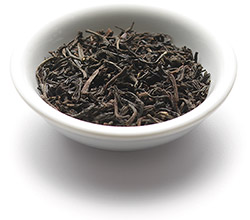
BLACK TEA
Black tea remains the perennial favorite among tea drinkers. In fact, it still accounts for more than 90% of all tea sold in the West. The most oxidized of all tea types, black tea is generally stronger in flavor and contains more caffeine than other teas. Since black tea retains its flavor for several years, it has been an important item of trade for centuries, and was actually used as a form of currency in Mongolia, Tibet and Siberia during the 1800’s.
OOLONG TEA
Oolong Tea means “black dragon” tea in Chinese, a name that does justice to its boldness and drama. This traditional Chinese tea undergoes a unique process, including withering under the strong sun and oxidation before curling and twisting. Oolongs range between 8% and 85% oxidized, which results in a wide range of colors and aromas. The flavor of oolongs is equally diverse: they can be smoky, sweet and fruity, woody and thick , or green and fresh.
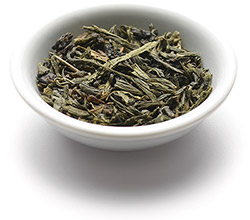
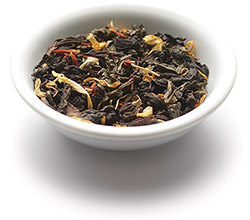
GREEN TEA
Green tea started the buzz for the health benefits of tea. Typically, green tea undergoes a multi-step process of steaming, pan-firing, and/or rolling before being dried to stop the oxidation process. Little oxidation occurs in most green teas, so they’re differentiated from white teas mainly by the extra steps of processing the leaf before drying. Green teas reportedly contain the second highest concentration of antioxidants, which can neutralize dangerous free radicals in the body. The flavor of green tea ranges from grassy to sweet and has a mild astringency.
WHITE TEA
White tea is so young and pure it might need a chaperone. Grown and harvested almost exclusively in China, white tea comes from the delicate buds and younger leaves of the tea plant, which are allowed to oxidize naturally. The least processed of all tea types, white tea is closer to the plant’s natural state, increasing the tea’s antioxidant properties. Its name comes from the fine silvery-white hairs on the unopened buds, which give the plant a whitish appearance. White tea has long been prized for its delicate flavor and aroma.
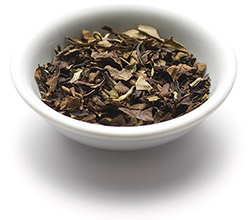
Tea Industry in India
Indian tea is among the finest in the world owing to strong geographical indications, heavy investments in tea processing units, continuous innovation, augmented product mix and strategic market expansion. The main tea-growing regions are in Northeast India (including Assam) and in north Bengal (Darjeeling district and the Dooars region). Tea is also grown on a large scale in the Nilgiris in south India. India is one of the world’s largest consumers of tea, with about three-fourths of the country’s total produce consumed locally.
India Tea Export
As of 2016, India was the second largest producer in the world. India stands fourth in terms of tea exports after Kenya (including neighbouring African countries), China and Sri Lanka respectively. production of 1,267 million kgs. Tea exports from India stood at US$ 837.33 million in 2017-18.The country is home to a wide variety of teas, including CTC tea, orthodox tea, green tea and organic tea. Unlike many other tea producing and exporting nations, India has a manufacturing base for both CTC and orthodox tea, in addition to green tea. India offers high-quality specialty teas, such as Darjeeling, Assam Orthodox and the high- range Nilgiri, which have a distinctive aroma, strength, colour and flavour.
Iran is the largest tea export partner of India and shipped USD 123.64 million which represented 18.77% of total output during 2017. Black tea, regular tea and green tea are the most exported varieties. The tea shipments are mainly departed to this country from various states of India like West Bengal, Maharashtra, Delhi, Kerala and Tamil Nadu.
India’s Top Ten Tea Export Partners
